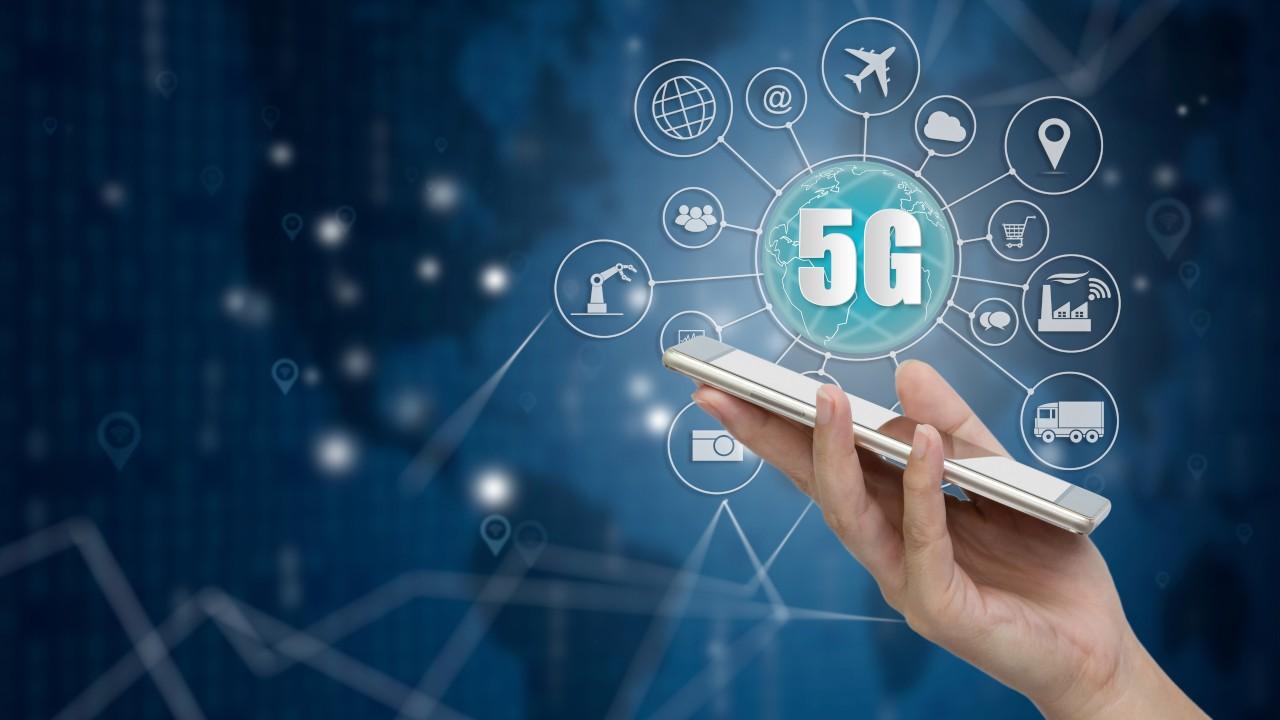The 5G Wireless Ecosystem: A Comprehensive Guide to Next-Gen Networks

The 5G wireless ecosystem promises to completely transform the way we connect and engage with the world around us. It is a major advancement in the history of telecommunications. Future technical improvements will be built on this next-generation wireless technology, which has the potential to allow a wide range of applications and services that were previously unreachable.
5G is really about much more than just delivering speedier internet. The actual value of 5G is found in its capacity to support a broad and diversified ecosystem of connected devices and services, even while it does promise improved data speeds. This covers everything, from industrial automation to driverless cars to smartphones and smart homes. Three primary characteristics define the 5G wireless ecosystem: massive machine-type communications (mMTC), improved mobile broadband (eMBB), and ultra-reliable low latency communication (URLLC). Numerous new use cases are made possible by these characteristics, such as the smooth functioning of millions of IoT devices and real-time remote operations.
With the advent of 5G networks, industries are changing as smart cities are made possible, telemedicine is expanding healthcare, and Industry 4.0 technologies are improving manufacturing. For example, 5G is necessary for smart cities to accommodate the many sensors and networked devices that control energy use, keep an eye on traffic, and maintain public safety. By offering the high-bandwidth, low-latency connections required for remote consultations and even robotic procedures, 5G enables telemedicine in the healthcare industry. 5G enables automation and predictive maintenance in the industrial sector, resulting in reduced downtime and increased efficiency in plants.
Businesses and governments face new possibilities as well as difficulties as a result of the 5G wireless ecosystem. By allowing cutting-edge services and apps, 5G gives businesses access to new income streams, but it also necessitates large infrastructure and cybersecurity investments. In order to deploy 5G networks, the current infrastructure must be upgraded with new backhaul systems, base stations, and antennas that can handle the additional data traffic. Another major worry is cybersecurity, as the 5G ecosystem’s enormous quantity of connected devices creates new security holes that need to be fixed in order to safeguard sensitive data and guarantee service dependability.
Governments are key players in the development of the 5G ecosystem; they assign spectrum, set rules, and encourage public-private collaborations. Governments must carefully manage the distribution of spectrum to ensure that it fulfills the interests of all stakeholders, since it is necessary for the functioning of 5G networks. Regulations also need to change to handle the special difficulties that 5G presents, such as privacy, security, and competitiveness concerns.
In summary, the 5G wireless ecosystem is a game-changer that is allowing new applications, transforming sectors, and spurring economic expansion. Its effects will be seen in a number of industries, including manufacturing, healthcare, and smart cities. Businesses, governments, and individuals will need to work together as this technology develops further in order to meet the difficulties and seize the new opportunities it brings.
- Art
- Causes
- Crafts
- Dance
- Drinks
- Film
- Fitness
- Food
- الألعاب
- Gardening
- Health
- الرئيسية
- Literature
- Music
- Networking
- أخرى
- Party
- Religion
- Shopping
- Sports
- Theater
- Wellness
- IT, Cloud, Software and Technology


